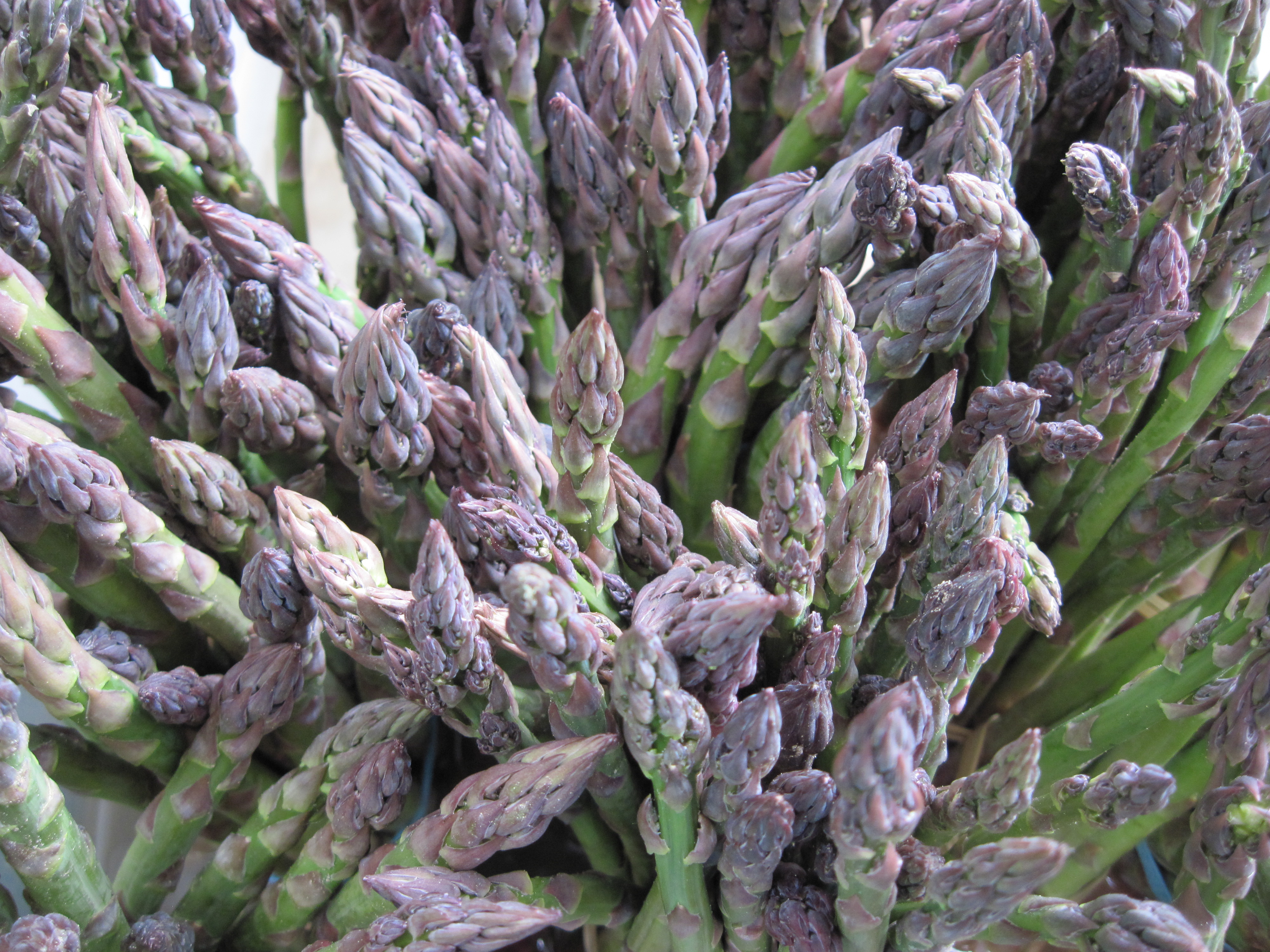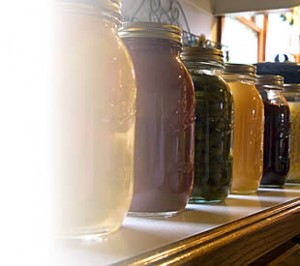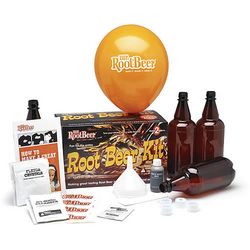 I’ve been learning a lot about permaculture in the past decade and while I subscribe to many of the theories, I do worry that many people who could benefit are turned off by the intensity of people teaching the subject. You don’t actually need classes or certificates nor do you need to dig up your entire backyard. It’s possible to engage in permaculture just by using plant varieties that will provide a source of food over decades.
I’ve been learning a lot about permaculture in the past decade and while I subscribe to many of the theories, I do worry that many people who could benefit are turned off by the intensity of people teaching the subject. You don’t actually need classes or certificates nor do you need to dig up your entire backyard. It’s possible to engage in permaculture just by using plant varieties that will provide a source of food over decades.
One of our most productive, perennial food sources is asparagus. We put in bed in many years ago. Each spring we indulge. We eat asparagus steamed, roasted and chilled with a vinaigrette. When we tire of eating it fresh, we dry some (read on for how-to) for winter soups and pickle some, too. Asparagus is also easily frozen.
How to Start and Maintain an Asparagus Bed
A well-planned, well-maintained asparagus bed will produce every spring for decades! Asparagus needs full sun and should begin in a spot with a rich, sandy loam. It gets tall when it goes to seed, so don’t plant it where it will shade other sun-loving plants. You can start from seed (I have a tray of seeds starting right now) but you’ll wait a long time for your first meal. Most people choose to start with roots. They are usually sold in bunches of 25.
Start your asparagus bed in the spring, as soon as the soil can be worked. We used the trench method of planting. It is a bit more work to start, but you end up with a better crop than shallow-planted roots.
- Dig a trench about 15 inches deep, then add a 4 inch layer of good compost.
- Spread the root crowns in a circle over a small dome of soil, making sure that the root buds are facing up. Cover this with about two inches of soil. You will end up with your plants in a ditch.
- Over the course of the first growing season, fill in the trench as shoots appear, much like you do with potatoes.
- Don’t let your plants get too dry the first year. Be diligent about keeping the bed weed free and mulch with some wood ash on occasion.
- Don’t harvest at all the first season and only lightly the next two.
- In the fall, after a few good frosts, cut the tall fronds down and use them as mulch. The red berries will fall to the ground and self-seed.
 Harvesting and Storing Asparagus:
Harvesting and Storing Asparagus:
When you harvest, just break off the spears where they snap easily. Store them in the refrigerator, upright in a glass jar with an inch or two of water in the bottom.
Drying Asparagus
I blanch the spears for 2 1/2 minutes then chill in ice water and dry in a dehydrator at 125 degrees until crispy. It will take about 6 hours.
Oven-Roasted Asparagus
For a real treat, lay a bunch of washed asparagus on a sheet of aluminum foil on a bed of lemon slices. Drizzle it with some olive oil and a good sprinkle of pink sea salt. Roast it at 350 degrees F for about 10 minutes (how long depends on the size of the spears). It is eating at its finest.































